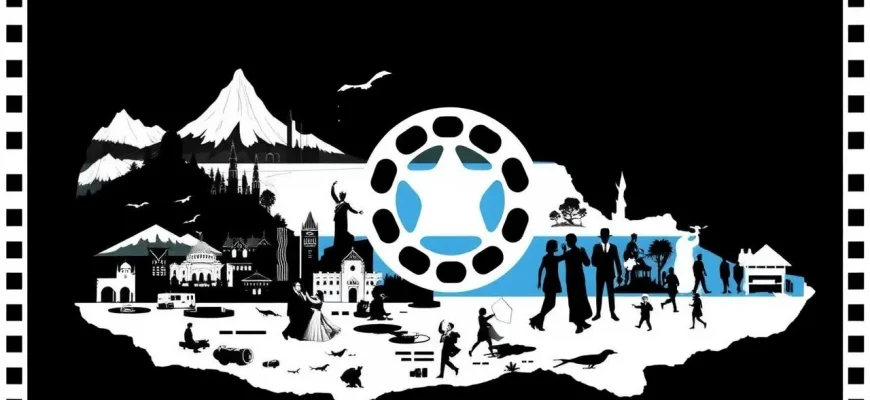Argentina, with its rich cultural tapestry and tumultuous history, has inspired numerous filmmakers to delve into the lives of its iconic figures. This curated selection of biographical films offers a window into the soul of Argentina, showcasing the stories of its heroes, artists, and revolutionaries. Whether you're a cinephile or a history buff, these films provide not just entertainment but a deeper understanding of Argentine identity and its impact on the world stage.
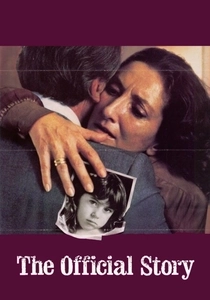
The Official Story (1985)
Description: This film examines the life of an Argentine teacher during the last years of the military dictatorship, uncovering the dark secrets of the Dirty War through her personal journey.
Fact: It won the Academy Award for Best Foreign Language Film, highlighting the global impact of Argentina's political history.
 Watch Now
Watch Now 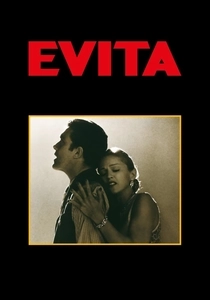
Evita (1996)
Description: This musical biopic chronicles the life of Eva Perón, Argentina's beloved First Lady, from her humble beginnings to her rise to power. It's a poignant exploration of ambition, love, and the complex legacy of a woman who became a national icon.
Fact: Madonna's performance as Eva Perón earned her a Golden Globe nomination, and the film's soundtrack album was a commercial success, featuring hits like "Don't Cry for Me Argentina."
 Watch Now
Watch Now 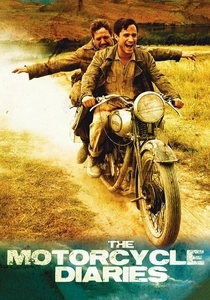
The Motorcycle Diaries (2004)
Description: Before he became Che Guevara, the revolutionary, he was a young medical student on a life-changing journey across South America. This film captures his transformative experiences that shaped his political views.
Fact: The film was shot on location, following the actual route Che and his friend Alberto took, providing an authentic backdrop to the story.
 Watch Now
Watch Now 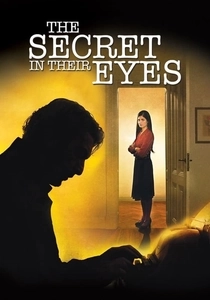
The Secret in Their Eyes (2009)
Description: While not a traditional biopic, this film delves into the life of a retired legal counselor in Argentina, reflecting on a case that haunted him for decades, offering insights into the country's political turmoil.
Fact: It won the Academy Award for Best Foreign Language Film, making it one of the most acclaimed Argentine films internationally.
 Watch Now
Watch Now 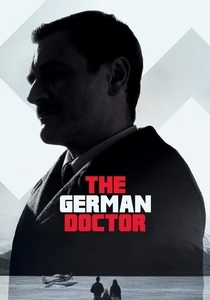
The German Doctor (2013)
Description: Based on the true story of Josef Mengele, the notorious Nazi doctor, hiding in Patagonia, Argentina, this film delves into the ethical dilemmas and the shadows of history.
Fact: The film was shot in the actual locations where Mengele lived, adding a layer of authenticity to the narrative.
 Watch Now
Watch Now 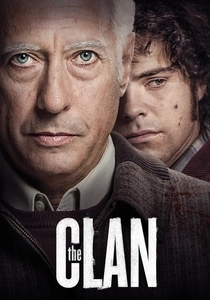
The Clan (2015)
Description: This chilling biopic recounts the true story of the Puccio family, who kidnapped and murdered for ransom in the 1980s Argentina, exploring the dark side of the country's recent history.
Fact: The film was a major box office success in Argentina and was submitted for the Best Foreign Language Film at the 88th Academy Awards.
 Watch Now
Watch Now 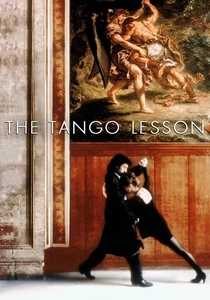
The Tango Lesson (1997)
Description: Sally Potter stars in and directs this semi-autobiographical film about a filmmaker learning tango in Argentina, exploring themes of art, passion, and cultural exchange.
Fact: The film features real-life tango dancers and was partially shot in Buenos Aires, giving an authentic feel to the dance sequences.
 30 Days Free
30 Days Free 
The Pope's Toilet (2007)
Description: Set in the border town of Melo, Uruguay, this film tells the story of a small-time smuggler's dream to profit from the Pope's visit to Argentina, offering a humorous yet poignant look at poverty and aspiration.
Fact: Despite its title, the film was a co-production between Uruguay and Argentina, reflecting the shared cultural heritage.
 30 Days Free
30 Days Free 
Argentina, 1985 (2022)
Description: This film recounts the historic Trial of the Juntas, where Argentina's military leaders were prosecuted for crimes against humanity. It's a testament to the country's journey towards justice and democracy.
Fact: The film was Argentina's official submission for the Best International Feature Film at the 95th Academy Awards.
 30 Days Free
30 Days Free 
The Lost Steps (2001)
Description: Based on the life of Argentine writer Alejo Carpentier, this film explores his journey through the Amazon, blending reality with myth, and offering a unique perspective on identity and cultural roots.
Fact: The film was shot in various locations in Argentina and Brazil, capturing the essence of Carpentier's travels.
 30 Days Free
30 Days Free 
